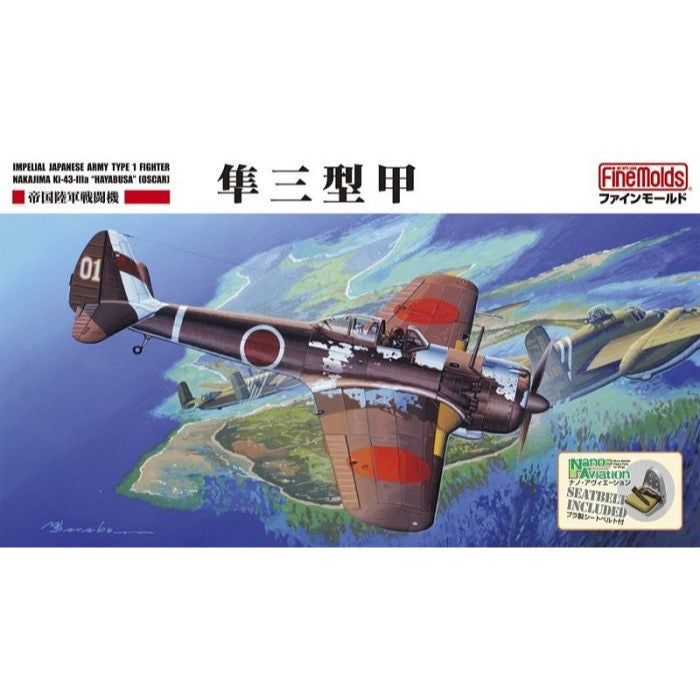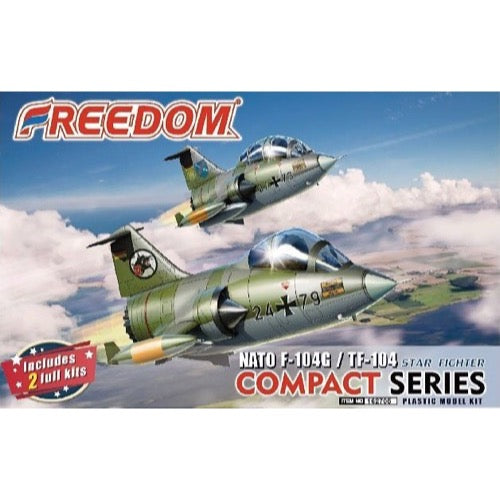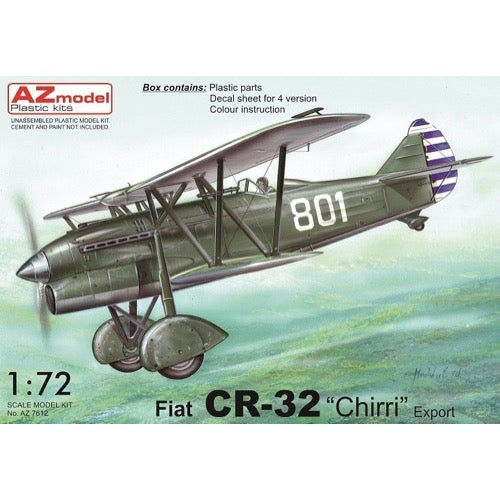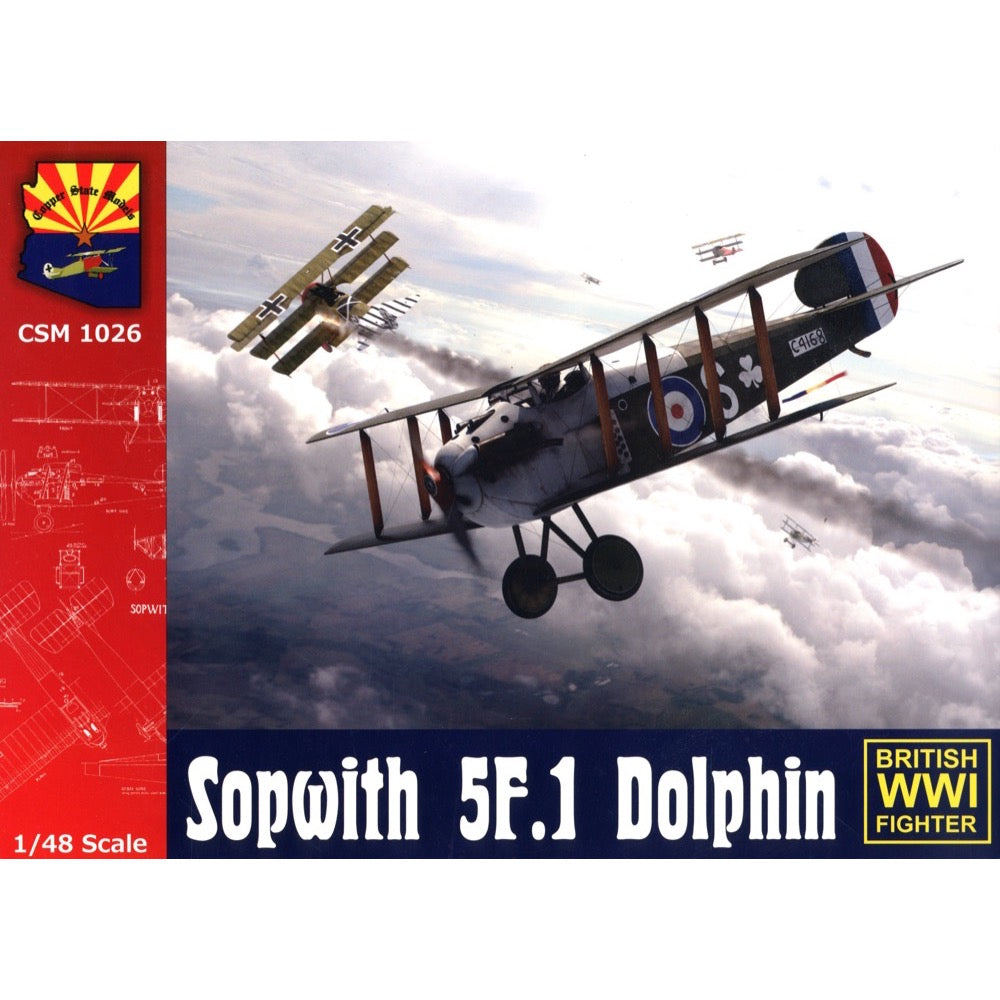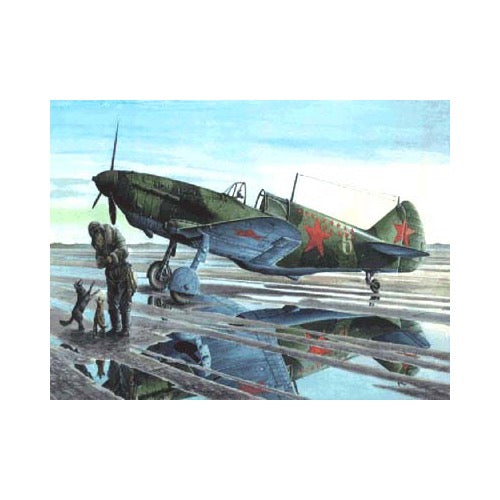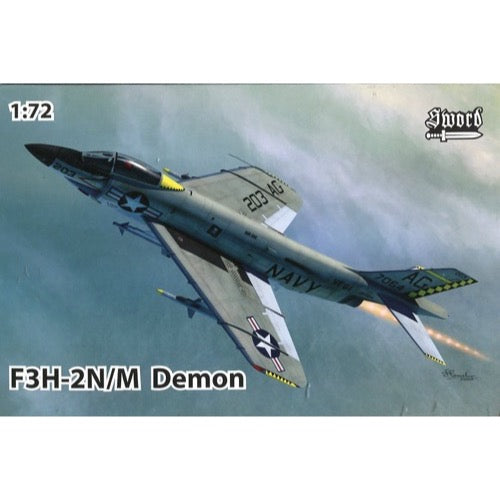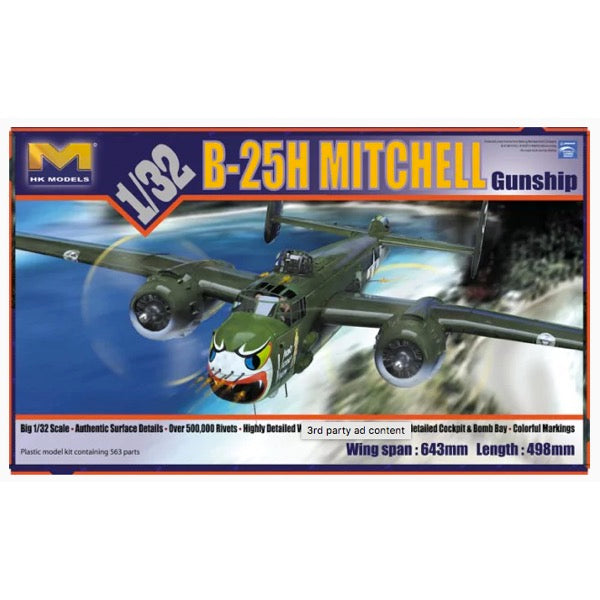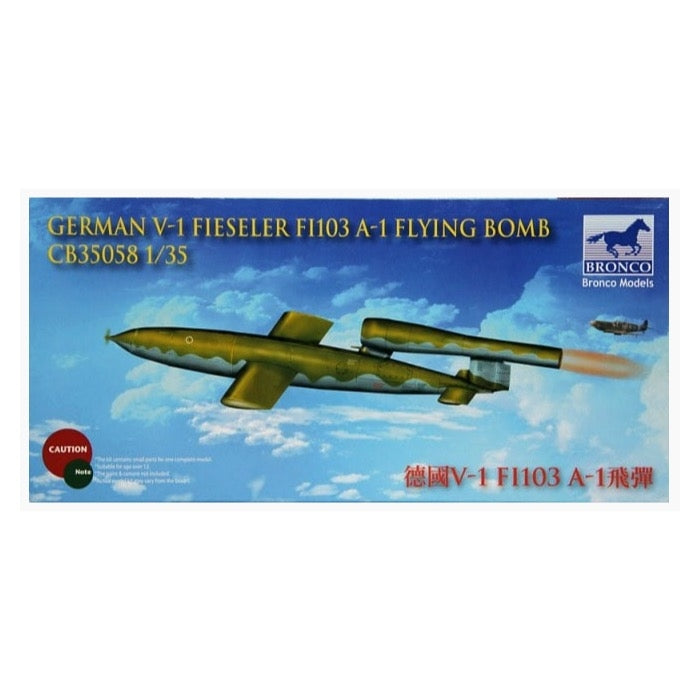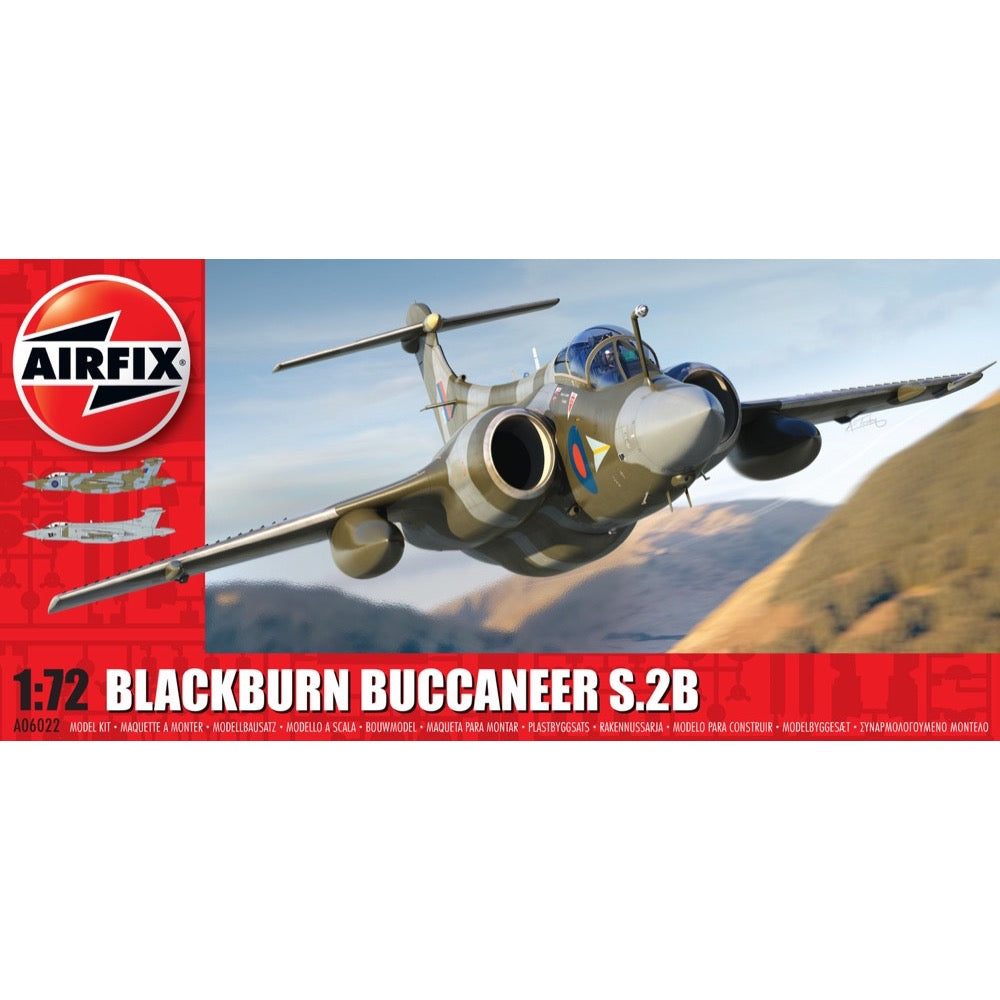
Airfix A06022 1/72 Blackburn Buccaneer S Mk.2 RAF
25.00
$
<p>Designed to mount high speed maritime strike operations from the decks of Britains relatively small aircraft carriers, the Blackburn Buccaneer was a real brute of an aeroplane, built like a brick outhouse and the most capable aircraft of its type in the world it also happened to be the heaviest aircraft the Royal Navy had ever operated. Perhaps nothing illustrates the rugged, no nonsense approach to the aircrafts design philosophy than its manufacture and flight testing procedure.</p>
<p>Constructed at Blackburns Brough facility, each completed Buccaneer was transported by road, on its own undercarriage, to the companys Holme-on-Spalding Moor airfield for flight testing, a towed journey on normal roads of around 16 miles. Although developed as a naval aeroplane, the Buccaneer was also offered to the Royal Air Force as a capable strike and reconnaissance aircraft, however, at that time, they only had eyes for the BAC TSR-2 and dismissed the Buccaneer almost out of hand. Cancellation of the TSR.2 project and a later decision not to purchase the American built General Dynamics F-111 jet led the RAF to rather reluctantly accept the Buccaneer as a Canberra replacement, with the aircraft entering squadron service some seven years after it entered service with the Navy. A subsequent order for new Buccaneers was placed for the RAF and it was decided that they would also inherit former Royal Navy aircraft, as their larger aircraft carriers were retired.</p>
<p>Interestingly, the new aircraft ordered for the RAF would retain the folding wings and arrester hook of the original naval Buccaneers, to avoid the cost of re-development. The first Royal Air Force unit to receive the Buccaneer was No.12 Squadron at Honington in October 1969 and despite their initial misgivings, the RAF quickly learned to appreciate the many qualities of this exceptional aircraft. Capable of extremely stable flight at high speeds and low altitudes, the Buccaneer proved to be the ideal strike aircraft to keep the Warsaw Pact countries on their toes.</p>
<p>During exercises in the US and Canada, RAF crews regularly demonstrated their bombing prowess and the capabilities of their aircraft, winning many service accolades in the process. At its peak strength in the early 1970s, the Buccaneer equipped no fewer than six RAF Squadrons, including the Operational Conversion Unit. During the twilight of the Buccaneers service career, the RAF was forced to take the aircraft to war, more than 20 years after it had entered squadron service. The Gulf War of 1991 saw strike operations moving to higher altitudes, due to the effectiveness of Iraqi anti-aircraft defences. The Tornados and Jaguars of the Royal Air Force carrying out these missions needed to increase the accuracy of their attacks and needed the support of twelve ageing Buccaneers and their laser target designation capabilities. Making a significant contribution to the success of Operation Granby, these Buccaneer Sky Pirates provided a fitting reminder of why this magnificent aircraft should be considered one of the finest achievements of the British aviation industry.</p>
<h4>Contains</h4>
<ul>
<li>Sprues</li>
<li>Decals</li>
</ul>
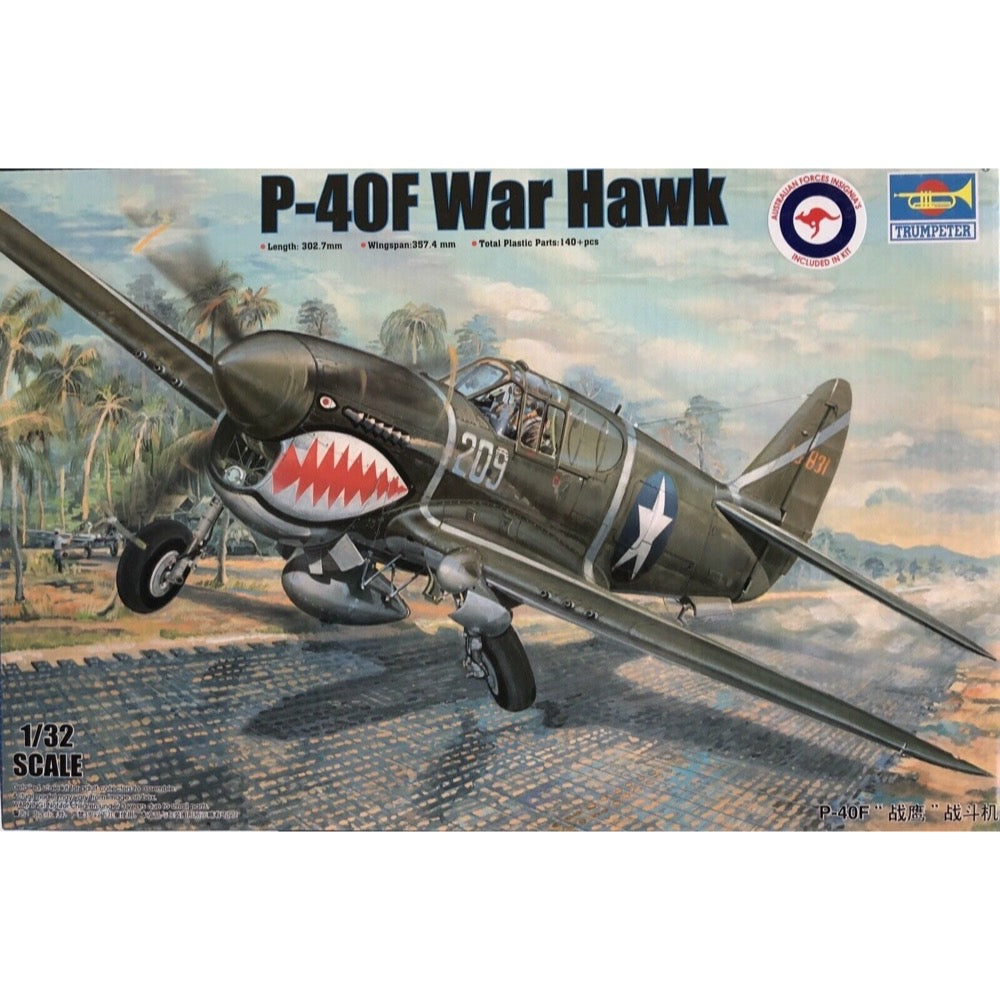
Trumpeter 03227 1/32 P-40F Warhawk with Australian Decals
46.00
$
<p>The P-40F was replaced with the U.S. made Rolls-Royce Merlin 28, but its altitude performance improved less than expected. It can barely compete with German Bf-109 at a height below 15000 feet. But it has excellent low altitude performance. It was tested in November 25, 1941 and made 1311 in 1942. The main service is in the French battlefield.</p>
<h3>Features</h3>
<ul>
<li>
<p>Detailed fuselage & wing w/accurate design</p>
</li>
<li>
<p>Finely detailed cockpit, gear cabin,</p>
</li>
<li>
<p>Grooved rubber tires</p>
</li>
<li>
<p>PE parts included</p>
</li>
</ul>
<h3>Specifications</h3>
<ul>
<li>
<p>Model Brief: Length: 302.7mm Wingspan: 357.4mm</p>
</li>
<li>
<p>Total Parts: 140+</p>
</li>
<li>
<p>Photo Etched Parts: 2 pcs</p>
</li>
<li>
<p>Total Sprues: 9 sprues and tires</p>
</li>
</ul>
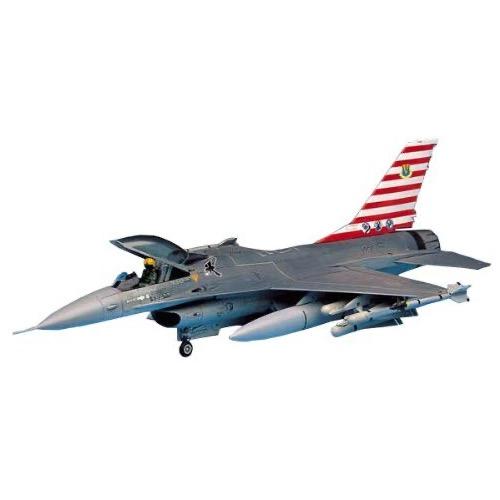
Academy 12259 1/48 F-16A/C Fighting Falcon
17.00
$
<p>The General-Dynamics F16 Falcon is an American single-engine, multi-role light fighter and stormtrooper. Work on the F-16 project began in 1971 at the General Dynamics concern (which in 1993 was part of the Lockheed Martin giant), entering the competition for a light multi-purpose fighter (LWF) for the US Air Force. The YF-16 prototype first flew on February 2, 1974. A breakthrough in technical terms was the use of a computerized electric fly-by-wire control system, which made it possible to reduce the area of the wings and tail, and thus reduce the weight of the entire aircraft. The F-16 was the first fighter in the world to use such a system. The different versions of the F-16 are powered by three versions of the engines: Pratt-Whitney F-100-PW-200, General Electric F110-GE100 and Pratt-Whitney F-100-PW-2020. The "brain" of the guidance system was the APG-66 radar, later replaced by the APG-68 (V) radar. It is worth noting that the YF-16 design turned out to be so successful that it won not only the LWF competition in the USA (in competition with the Northrop YF-17 aircraft), but also won the centenary contract for a multi-role fighter for European NATO countries. His rivals were the Dassault Mirage F.1 and SAAB J-37 Viggen machines. Serial production of the F-16 began in 1975. It was also attended by European NATO countries for which it was an injection of new aviation technologies. Final assembly was performed in the USA, Belgium and the Netherlands. By the end of the 20th century, more than 4,000 of this successful aircraft had been produced. There were six basic versions of the F-16, marked as A, C, E (single-seater) and B, D, F (two-seater). On the basis of these six models, numerous upgrades are created, most often associated with the replacement of avionics, marked as "Block". Since 2006, the F-16 also serves in the Polish aviation. The Polish Ministry of Defense decided that the F-16 would be the backbone of the modernized air force, rejecting offers from Dessault and SAAB, although in this case they were Mirrage F2000 and JAS-39 Grippen fighters. Undoubtedly, the highest sum proposed by the American company as part of the so-called offset transaction. Technical data: Maximum speed: 2,170 km / h, rate of climb: 254 m / s, maximum ceiling 15240m, maximum range: 3890km, armament: fixed - one 20mm six-barrel M61A-1 cannon, suspended - up to 9275 kg of cargo.</p>
<p>This is an injection-plastic aircraft model kit.</p>


